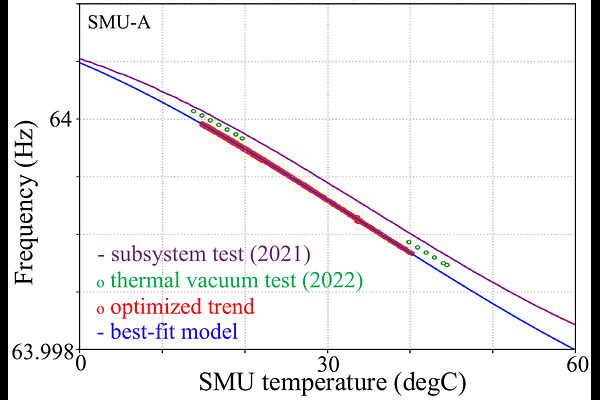Verification of the Timing System for the X-ray Imaging and Spectroscopy Mission in the GPS Unsynchronized Mode

Verification of the Timing System for the X-ray Imaging and Spectroscopy Mission in the GPS Unsynchronized Mode
Megumi Shidatsu, Yukikatsu Terada, Takashi Kominato, So Kato, Ryohei Sato, Minami Sakama, Takumi Shioiri, Yugo Motogami, Yuuki Niida, Chulsoo Kang, Toshihiro Takagi, Taichi Nakamoto, Chikara Natsukari, Makoto S. Tashiro, Kenichi Toda, Hironori Maejima, Shin Watanabe, Ryo Iizuka, Rie Sato, Chris Baluta, Katsuhiro Hayashi, Tessei Yoshida, Shoji Ogawa, Yoshiaki Kanemaru, Kotaro Fukushima, Akio Hoshino, Hiromitsu Takahashi, Masayoshi Nobukawa, Tsunefumi Mizuno, Kazuhiro Nakazawa, Shinichiro Uno, Ken Ebisawa, Satoshi Eguchi, Satoru Katsuda, Aya Kubota, Naomi Ota, Atsushi Tanimoto, Yuichi Terashima, Yohko Tsuboi, Yuusuke Uchida, Hideki Uchiyama, Shigeo Yamauchi, Tomokage Yoneyama, Satoshi Yamada, Nagomi Uchida, Matt Holland, Michael Loewenstein, Tahir Yaqoob, Eric D. Miller, Robert S. Hill, Efrain C. Perez-Solis, Morgan D. Waddy, Mark Mekosh, Joseph B. Fox, Isabella S. Brewer, Emily Aldoretta, Koji Mukai, Kenji Hamaguchi, Francois Mernier, Anna Ogorzalek, Katja Pottschmidt, Mihoko Yukita
AbstractWe report the results from the ground and on-orbit verifications of the XRISM timing system when the satellite clock is not synchronized to the GPS time. In this case, the time is determined by a free-run quartz oscillator of the clock, whose frequency changes depending on its temperature. In the thermal vacuum test performed in 2022, we obtained the GPS unsynchronized mode data and the temperature-versus-clock frequency trend. Comparing the time values calculated from the data and the true GPS times when the data were obtained, we confirmed that the requirement (within a 350 $\mu$s error in the absolute time, accounting for both the spacecraft bus system and the ground system) was satisfied in the temperature conditions of the thermal vacuum test. We also simulated the variation of the timing accuracy in the on-orbit temperature conditions using the Hitomi on-orbit temperature data and found that the error remained within the requirement over $\sim 3 \times 10^{5}$ s. The on-orbit tests were conducted in 2023 September and October as part of the bus system checkout. The temperature versus clock frequency trend remained unchanged from that obtained in the thermal vacuum test and the observed time drift was consistent with that expected from the trend.